De-escalation Techniques
for Neurodiverse Students (asd, pda, odd & adhd)

**************************************
Join me for an upcoming Workshop:
Can't make these Workshop dates? Join me for a self-paced on-demand course:
Sue Larkey On-Demand Workshops
**************************************
✅ Understanding meltdowns and their different phases
✅Strategies to create calm and manage anxiety
✅ The importance of giving children silence and space: to process, self-regulate and de-escalate
✅Why “No” can cause a meltdown and what to say instead
✅Why I treat meltdowns like seizures
✅ What to do after a meltdown and how to put preventative strategies in place
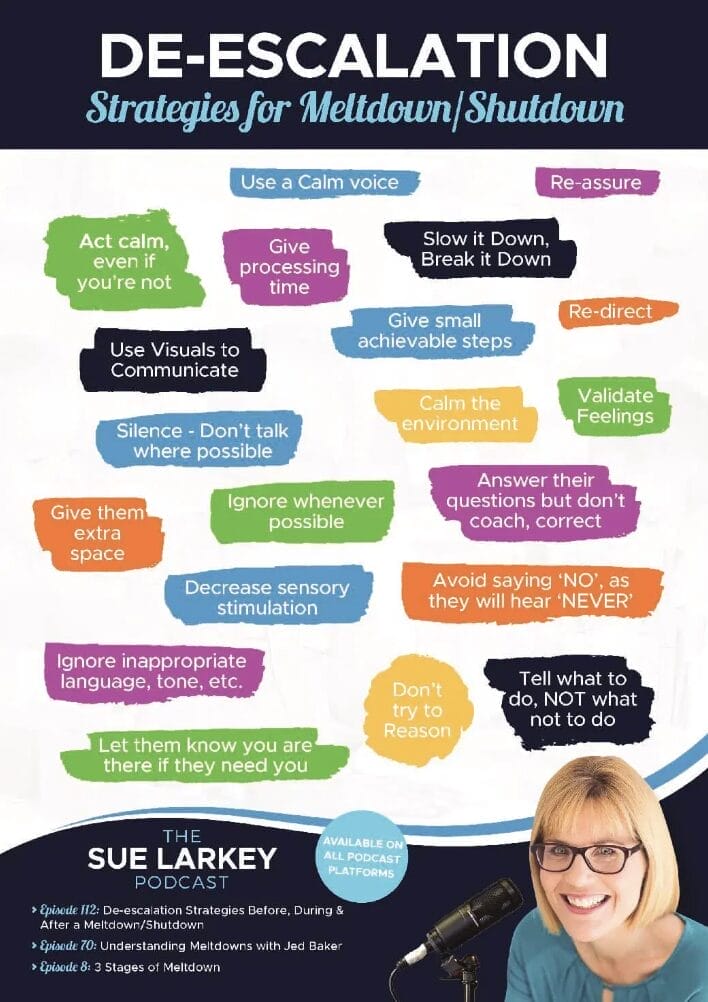
We hate Spam was well. You can unsubscribe at anytime.
The Ultimate Guide to School and Home
| by Sue Larkey and Anna Tullemans | This book provides key strategies for all ages and stages. It offers over 500 practical strategies and timer savers for school and home from engaging disengaged students, what to do if you don’t have a teacher assistant to considerations for setting up a classroom for teachers; and from developing friends, to moving house and choosing a school for families. It is the ultimate guide for teachers, parents and all professionals supporting children with autism spectrum disorder, including Aspergers, ADD, ADHD, ODD and other developmental delays.
Content pages below.
$44.95
23 in stock
Recognising and managing meltdowns / shutdowns is vital to support people with an ASD. Every child with an ASD will experience very individual symptoms that are unique to them. Not all individuals with an ASD will experience a “meltdown” and instead may “shut down”. It is very important you are familiar with each child’s triggers and responses. Use the student profile on page 31 of The Ultimate Guide to School and Home to record the information so everyone is aware of triggers and signs of meltdowns.
Check out Podcast Episode 70 on Understanding Meltdowns with Jed Baker for more information!
Meltdowns
Meltdowns are extreme emotional and/or behavioural responses to a stressful situation. They are always involuntary. Usually there will be three stages to a meltdown. First stage “Build Up” where you will often notice a change in body posture, facial expression, movement, communication, routine or interaction. Second stage “Survival” where you may notice they withdraw themselves from activities, seek reassurance or seek repetitive activities. Each child has their own signs and it is vital people recognise them and put in place effective strategies otherwise the behaviour can escalate to the Third stage ‘the meltdown / full blown”. Once the meltdown has started all you can do is make sure everyone is safe, reduce stimulation levels and if possible address the problem at hand.
Shutdown – shut out world
A shutdown is a particular sequence of behaviour involving the senses, language skills, motor skills and memory which we observe in children diagnosed as high-functioning within the Autism Spectrum. In academic settings, when pressured by an adult to perform tasks that were difficult, these children may become unresponsive, sleepy, immobile limp to the touch for several minutes and then fell asleep in a chair for as briefly as 10 minutes and up to two hours.
BEFORE
Have in place pro-active strategies to reduce triggers and stress, i.e. preventative breaks, visuals, timers, quiet areas, routines, etc.
More ideas:
Podcast Episode 34 on 50/50 Behaviour Plans
Live Virtual Workshop on Teaching Strategies (everything we do before lunch)
On Demand Course for all Ages and Stages (Modules 1 -4)
The Ultimate Guide to School and Home KNOW the students Triggers (page 88)
DURING
Those of you who have done my 5 hours course either online or face to face will recall there are 3 phases of a Meltdown, and we can only de-escalate in Phases 1 and 2 (Build up & Survival) – in the final stage they have lost cognitive function (more information in Podcast Episode 8).
I like to treat it a bit like a seizure. Here’s what we CAN do:

CALM
Act calm, even if you’re not. Children can sense your anxiety. Use a calm voice. Some students need re-assurance.
Calm the environment. Decrease sensory stimulation. If they have ODD or PDA (Podcast Episode 54 and Episode 110) remember they feel calm when in control. Allow them to regain control of emotions and environment. “Choose your battles” i.e. allow them to ‘refuse’.

TIME
Give processing time. Don’t Hurry! Anxiety UP, processing time down. Slow it Down, Break it Down: give small achievable steps

SPACE
Ignore whenever possible. I like to ignore for 5 minutes then reassess and try a distraction.
Get down to their level BUT not in their face, give them extra space.

COMMUNICATION
Silence! Don’t talk where possible (ask yourself – ‘It is important I say that NOW?’). That being said some students need reassurance. Answer their questions BUT don’t coach or correct. Stay calm, clear and consise.
Validate feelings: let them know YOU are there if they need you. Ignore inappropriate language, tone, etc. This is just their way of communicating ‘I am overwhelmed’.
Re-directing: tell what to do, NOT what not to do. Those of you who have done my courses I call this “I am a GPS” i.e. GPS doesn’t say Don’t turn left… Avoid NO – they are likely to hear NEVER.

DISTRACTION
See The Ultimate Guide to School and Home page 92
Last & MOST important: don’t take anything personally.
Often it is sensory or social and nothing to do with you personally. It can be building pressure and your request might just be the straw that breaks the camels back so to say.
Phase 3: nothing works
- Check for danger (e.g. scissors, heavy items, etc.)
- Remove by-standers
- Keep an escape route open – if safer beyond door and not known to leave school grounds, own house, etc.
- Call for support if you can. I find getting a colleague to take the class invaluable
- Stay calm, walk away
AFTER
Adults
Notify parents/carers ASAP. Often the student can’t communicate they had a meltdown but parents may notice when they get home – tired, hungry, not eating, communicating differently OR want to de-brief.
Consider what happened. Reflect don’t blame! Think about possible triggers and proactive strategies we can put in place. For example what skills could we teach – ask for help, more sensory breaks, etc.
With Child
Wait at least a hour after meltdown/shutdown. I prefer a day, as often everyone’s emotions are still high. Ask parents/carers if they have any idea what happened. Often they talk about it at home. Personally I am a BIG fan of “move on, don’t dwell”. I have seen where talking about it can re-activate the meltdown or shutdown, OR impact on your relationship with the student.
If you do want to talk about it:
Ask the student “What do you think happened?”. Don’t be shocked if they don’t remember, say nothing, or talk about something completely different like what they were doing before or earlier in the day. Remember it’s like a siezure! Make a plan for what they could do next time. This is where a proactive social script can help (Podcast Episode 4).
TEACH Emotional Regulation. So they don’t feel emotions coming 0 to 100 all at once.
Want to learn more with Sue Larkey?
BEHAVIOUR BOOKS
This very practical workbook shows Danni coming to terms with the reasons for his angry outbursts and learning ways to control his Red Beast.
Included are a number of black & white illustrations from the new edition that are excellent for discussion times – the children can colour them in as you talk about the content – very therapeutic.
Suitable for ages 5 to 10.
6 in stock
| by K.I. Al-Ghani | This vibrant, fully illustrated children’s storybook is written for children aged 5+, and is an accessible, fun way to talk about anger, with useful tips about how to tame the red beast and guidance for parents on how anger affects children with Asperger’s Syndrome.
3 in stock
HELPING CHILDREN RECOGNISE AND REGULATE THEIR EMOTIONS
SUE’S TOP PICK!
From breathing exercises, pressure holds and finger pulls, to fidgets, noise-reducing headphones and gum, this book is brimming with fun stuff to help kids feel cool, calm and collected. They will learn how to label difficult feelings, choose the perfect strategies and tools to tackle them, and use these correctly whether at home or at school. The strategies and tools are accompanied by cartoon-style illustrations, and the author includes useful tips for parents and teachers as well as handy visual charts and checklists to track learning and progress. For ages 7-14 years.
9 in stock
| by Lauren Brukner – Narrated by a superhero called Self-Control, this illustrated book provides a variety of super power strategies to help children with emotional and sensory regulation difficulties, aged approximately 4 to 7 years, to master self-control.
3 in stock
Meet the Keep-Calm Guru, our expert guide to the art of staying cool, calm, and in control in the face of overpowering feelings! This illustrated book introduces wise ways for chil dren to recognise and cope with anxiety, anger, frustration, and other difficult emotions. Using everything from yoga poses and pressure holds, to deep breathing and relaxing colouring activities,the Keep-Calm Guru show skids how to take back control and feel cool, calm, and just right.
Suitable for children with sensory and emotional regulation diffi culties aged approximately 7- 14 years
16 in stock
The self-control super hero is back! This time, they’ve come prepared with simple strategies to tackle the difficult emotions and challenges of everyday life. From the morning routine to making friends at recess, paying attention in class and getting a good night’s sleep, this guide will help children stay on track and save the day! Focussing on specific times of the day that present particular challenges, the book uses illustrations and simple language to describe breathing exercises, stretching, and visualization techniques to help children aged 4-7 keep calm and in control. Suitable for all children, but especially those with sensory and emotional regulation difficulties, this is an accessible guide with extra tips and resources for parents, educators or therapists.
13 in stock
MUST HAVE BOOKS TO UNDERSTAND BEHAVIOUR
| by Beth Aune, Beth Burt & Peter Gennaro | This book is a must-have for every special needs and inclusive classroom. The easy to use format allows teachers to quickly look up an in-the-moment solution and learn about what the child is communicating, and why. This book illuminates possible causes of those mysterious behaviours, and more importantly, provides solutions!
7 in stock
| by Bill Nason | The Autism Discussion Page blue book focuses on the core challenges associated with autism (cognitive, sensory, social, and emotional) and provides concise, accessible information and simple tools for supporting children with these vulnerabilities.
5 in stock
| by Dr Jed Baker | With 150 pages of wonderful information and strategies for home and school this book is divided into three areas: The Problem, The Solution and Plans. It is interwoven with stories of how the strategies have been used with different children. Chapters include: Meltdowns: When rewards and punishments are not enough!, What are Meltdowns made of? Creating a prevention plan.
4 in stock
PATHOLOGICAL DEMAND AVOIDANCE (PDA)
5 in stock
| by Ruth Fidler and Phil Christie | Meet Issy – an 11-year-old girl with Pathological Demand Avoidance syndrome (PDA), a condition on the autism spectrum. Issy invites readers to learn about PDA from her perspective, helping them to understand how simple, everyday demands can cause her great anxiety and stress.
This illustrated book is for readers aged 7 and upwards, and will be an excellent way to increase understanding about PDA in the classroom or at home. It also includes practical tips and recommended resources for parents and professionals.
4 in stock
An Empowering PDA education guide. Practical Ideas for educators:
- Understand Pathological Demand Avoidance (PDA): It’s a unique autism type that requires a different approach.
- Re-evaluate teaching strategies: Traditional autism strategies may not work for PDA students.
- Connect with your student: Foster strong relationships to ensure mutual understanding and cooperation.
- Create an autonomous, spontaneous environment: This is conducive for PDA students and can help them thrive.
- Personalize the learning experience: Tailor your teaching techniques to match individual student’s needs.
- Implement PDA-friendly learning: Educate yourself about PDA to better support your student’s learning experience.
- Utilize entertaining and engaging resources: Use illustrations and fun anecdotes to make learning more enjoyable for the student.
- Be open to change: Recognize that effective teaching may require changing pre-existing methods and perspectives.
I realised EVERYTHING I was doing was wrong. I needed to learn. I needed to change. During Laura Kerbey’s time teaching autistic children, she had a sudden realisation that those with Pathological Demand Avoidance (PDA) are children like no other! None of her tried and tested autism strategies would work to help them focus or learn and most of her time was spent wondering, what am I doing wrong? If you feel the same, this short, easy-to-read guide is here to teach you everything you need to know from one educator to another. With an introduction to what PDA is followed by PDA tailored advice on how to connect with your student and create an autonomous, spontaneous environment that is personalised for you both, this guide is here to ensure that you and your PDA student thrive! Illustrated by the popular Eliza Fricker and packed with entertaining anecdotes (including one about Jabba the Hut’s poo), this go-to-guide contains everything you need to start implementing PDA friendly learning to help you connect with your student and help them make the most of their learning experience.
9 in stock
An Empowering PDA education guide. Practical Ideas for educators:
- Understand Pathological Demand Avoidance (PDA): It’s a unique autism type that requires a different approach.
- Re-evaluate teaching strategies: Traditional autism strategies may not work for PDA students.
- Connect with your student: Foster strong relationships to ensure mutual understanding and cooperation.
- Create an autonomous, spontaneous environment: This is conducive for PDA students and can help them thrive.
- Personalize the learning experience: Tailor your teaching techniques to match individual student’s needs.
- Implement PDA-friendly learning: Educate yourself about PDA to better support your student’s learning experience.
- Utilize entertaining and engaging resources: Use illustrations and fun anecdotes to make learning more enjoyable for the student.
- Be open to change: Recognize that effective teaching may require changing pre-existing methods and perspectives.
I realised EVERYTHING I was doing was wrong. I needed to learn. I needed to change. During Laura Kerbey’s time teaching autistic children, she had a sudden realisation that those with Pathological Demand Avoidance (PDA) are children like no other! None of her tried and tested autism strategies would work to help them focus or learn and most of her time was spent wondering, what am I doing wrong? If you feel the same, this short, easy-to-read guide is here to teach you everything you need to know from one educator to another. With an introduction to what PDA is followed by PDA tailored advice on how to connect with your student and create an autonomous, spontaneous environment that is personalised for you both, this guide is here to ensure that you and your PDA student thrive! Illustrated by the popular Eliza Fricker and packed with entertaining anecdotes (including one about Jabba the Hut’s poo), this go-to-guide contains everything you need to start implementing PDA friendly learning to help you connect with your student and help them make the most of their learning experience.

Join me on Instagram!
I am always sharing stories and new content



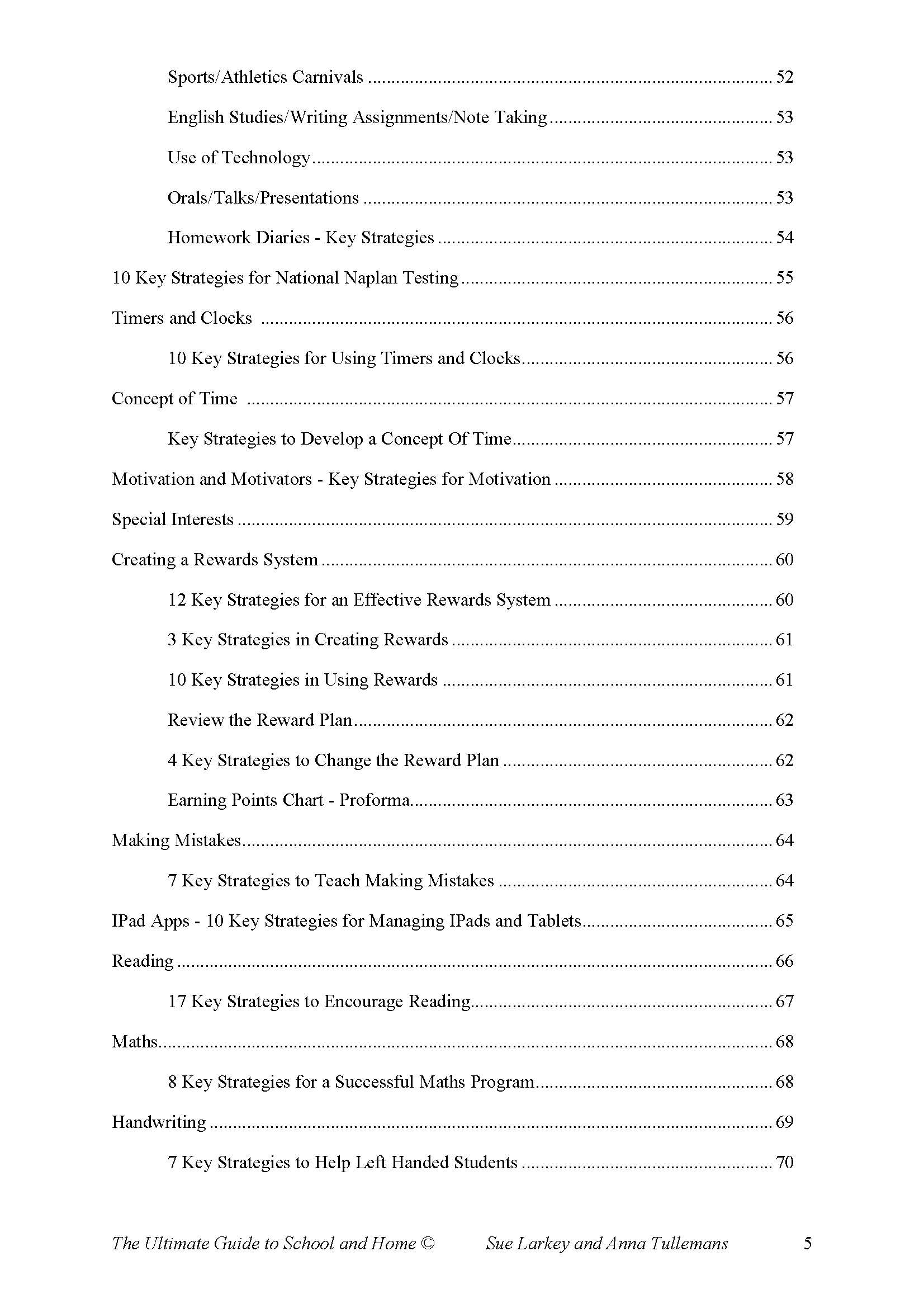

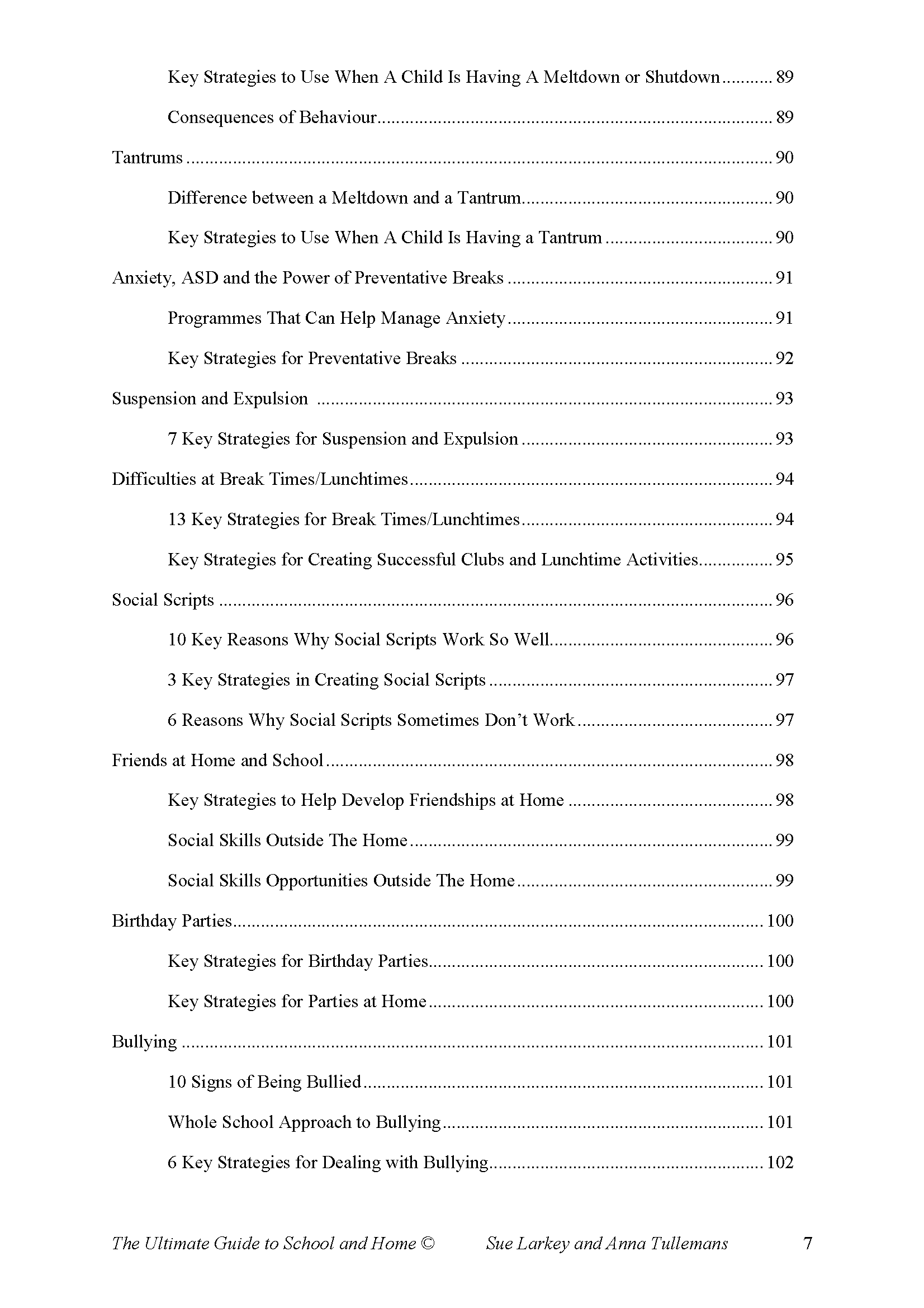









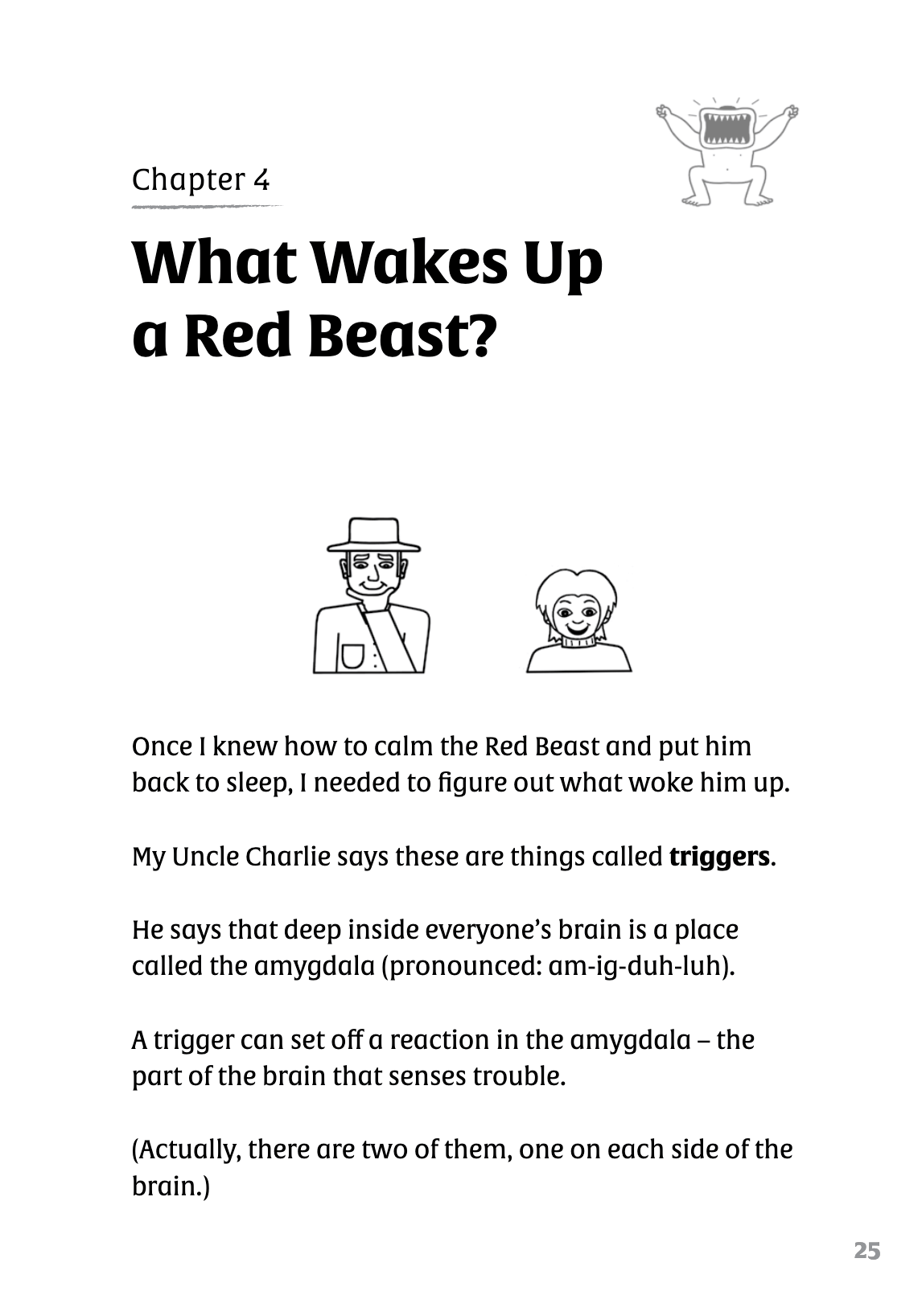









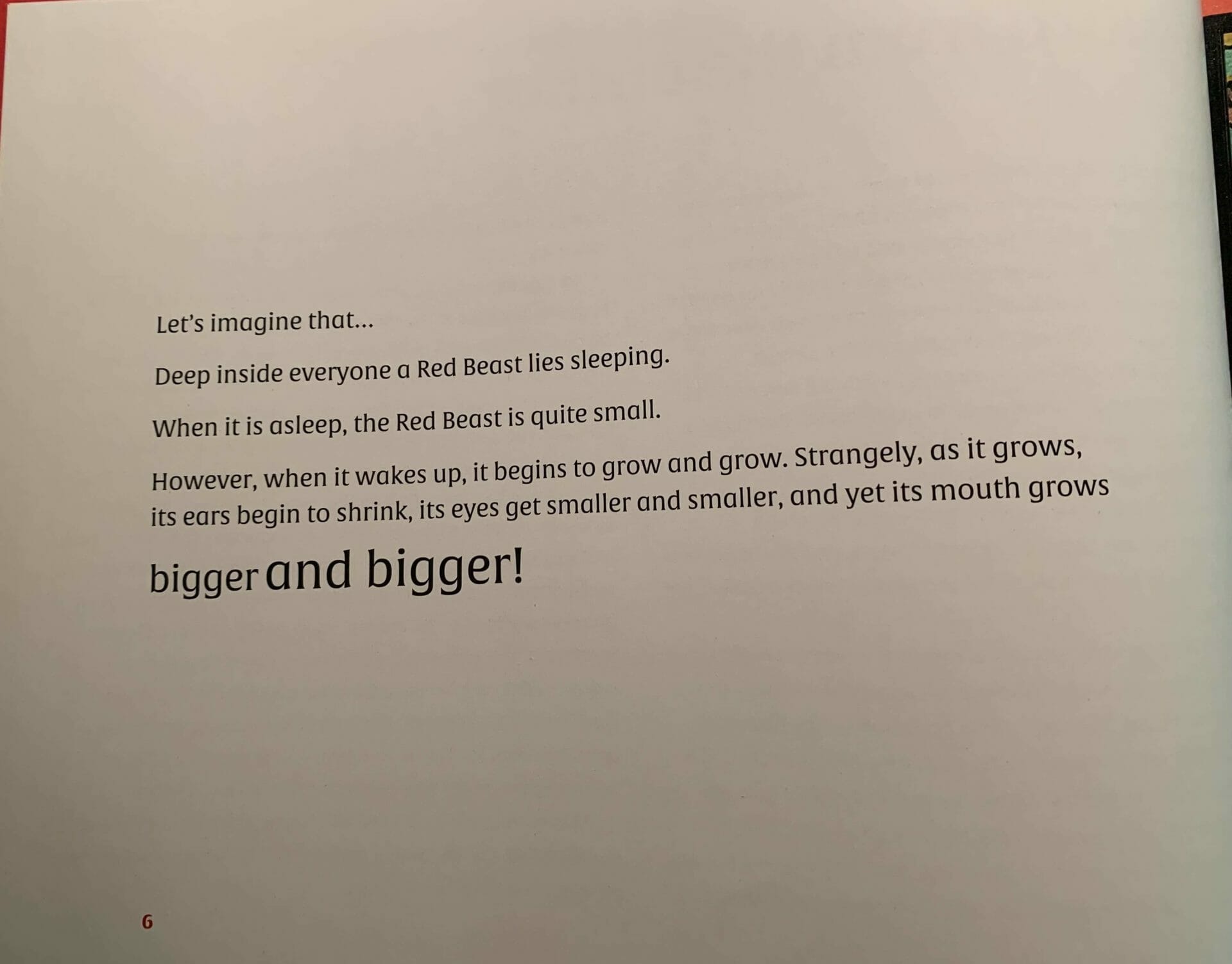










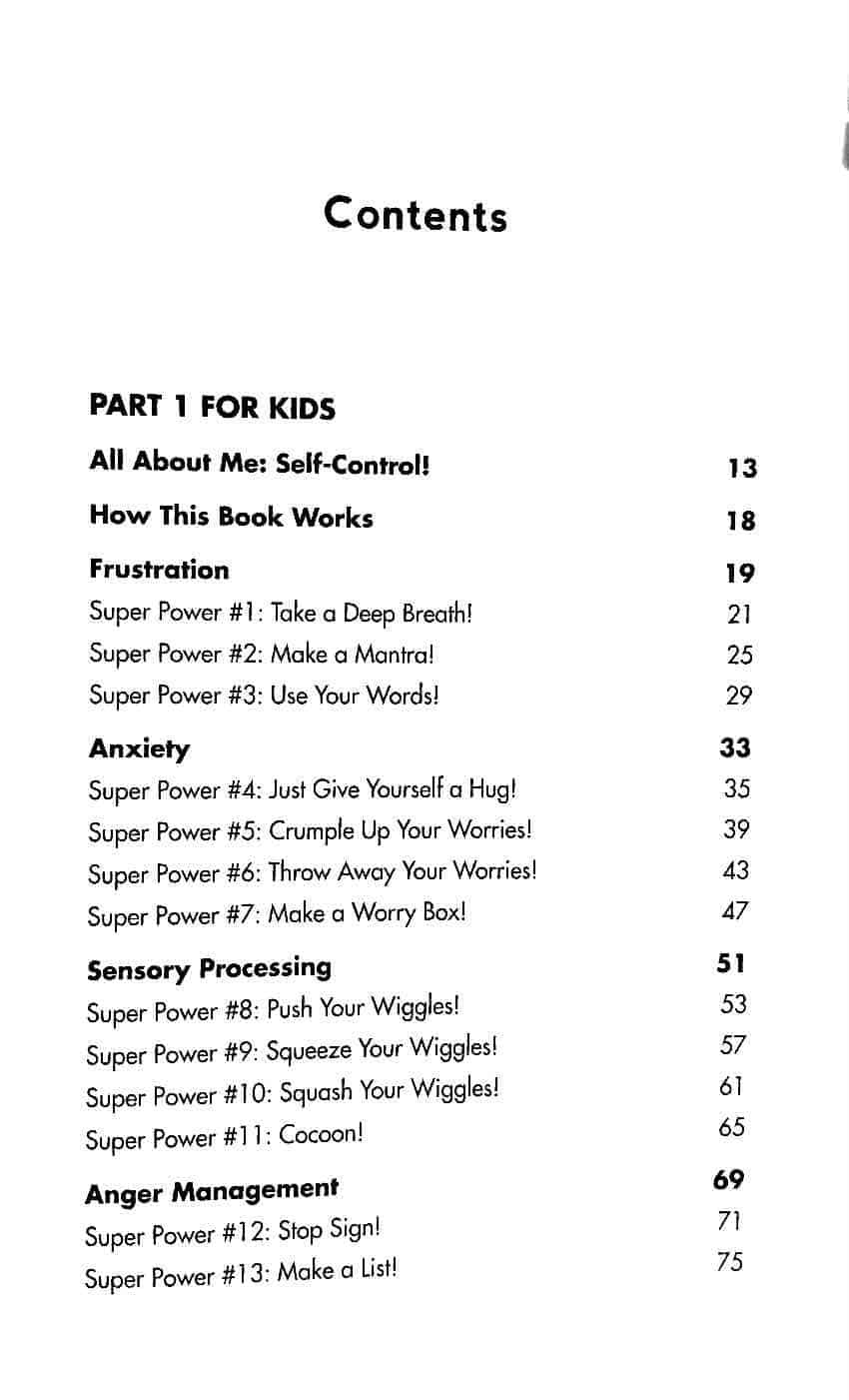
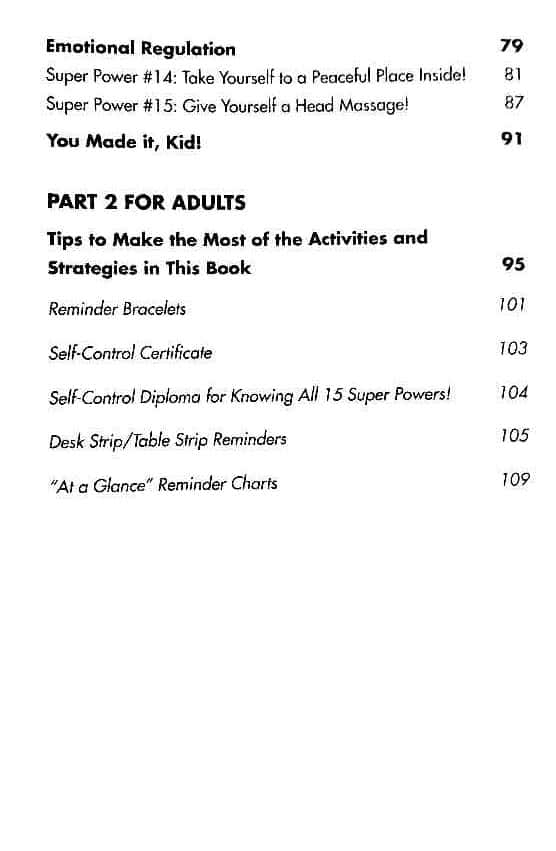





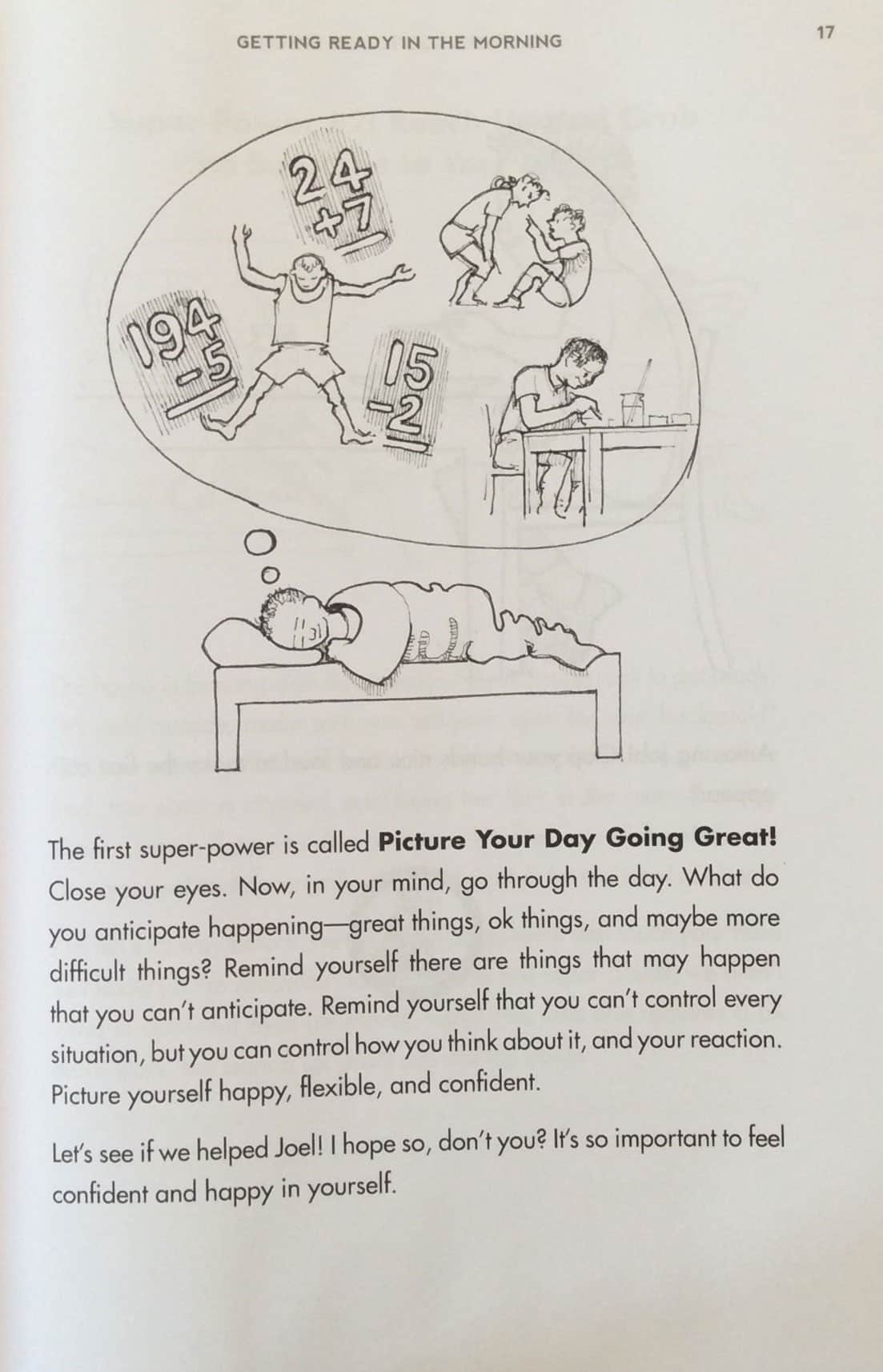
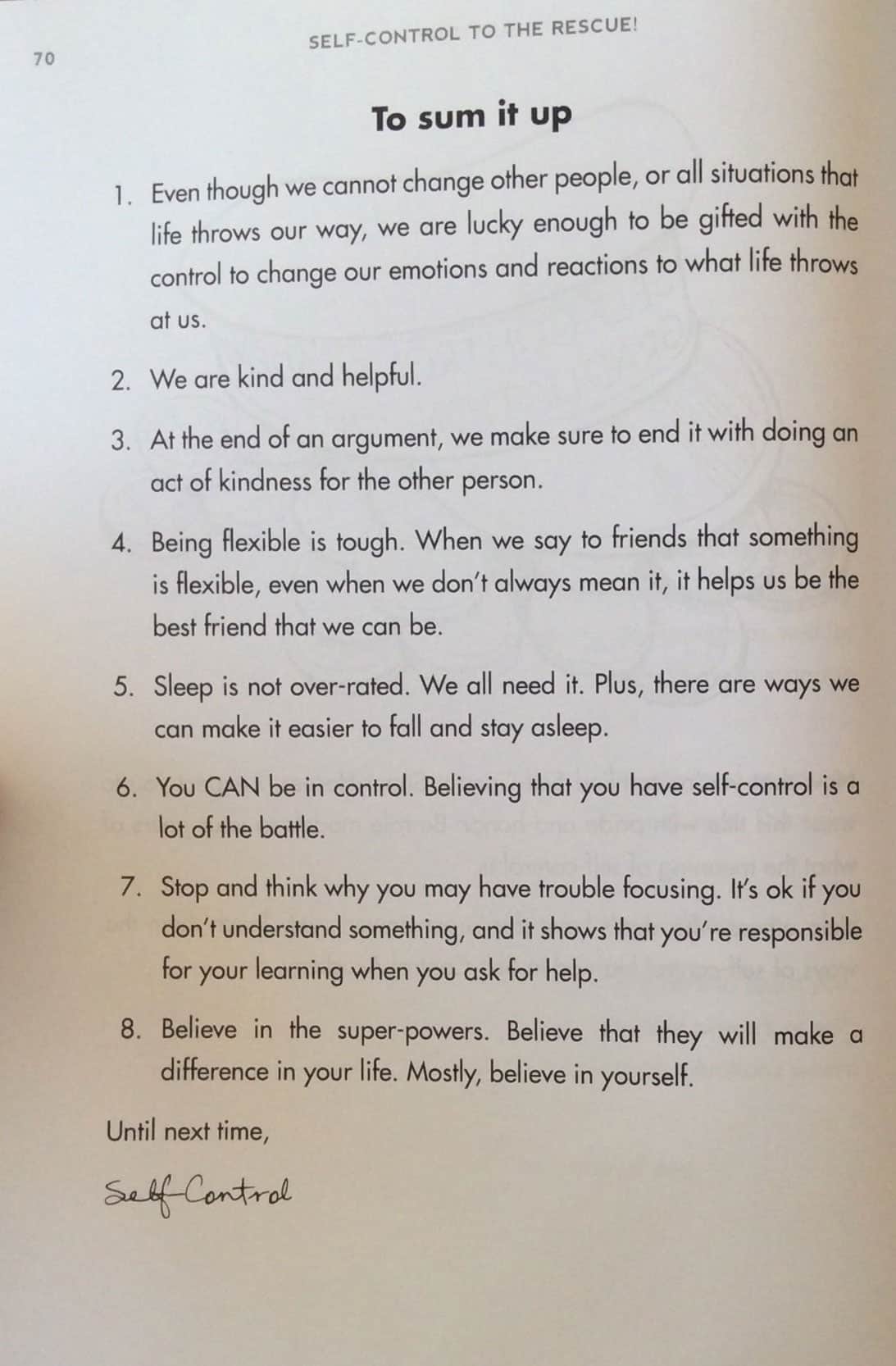





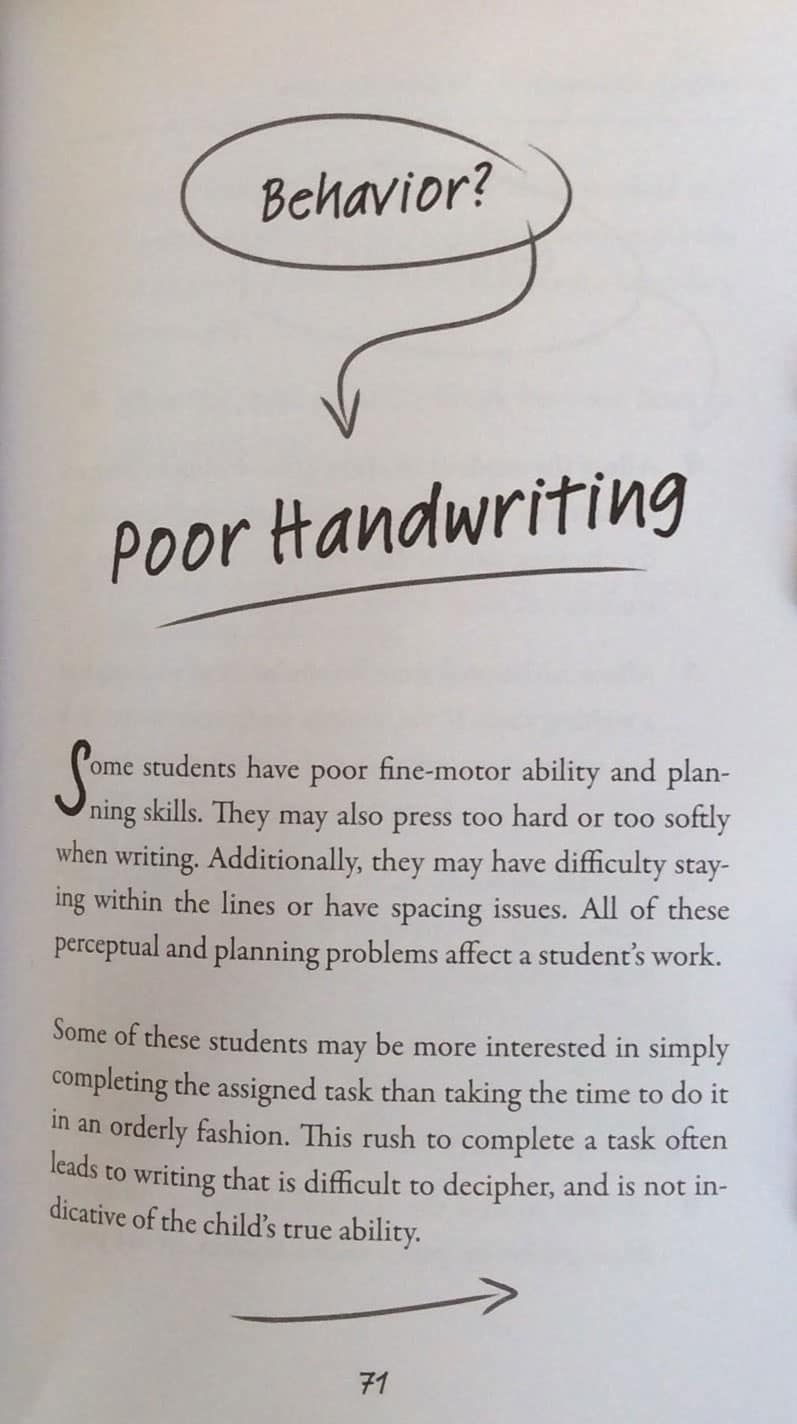


























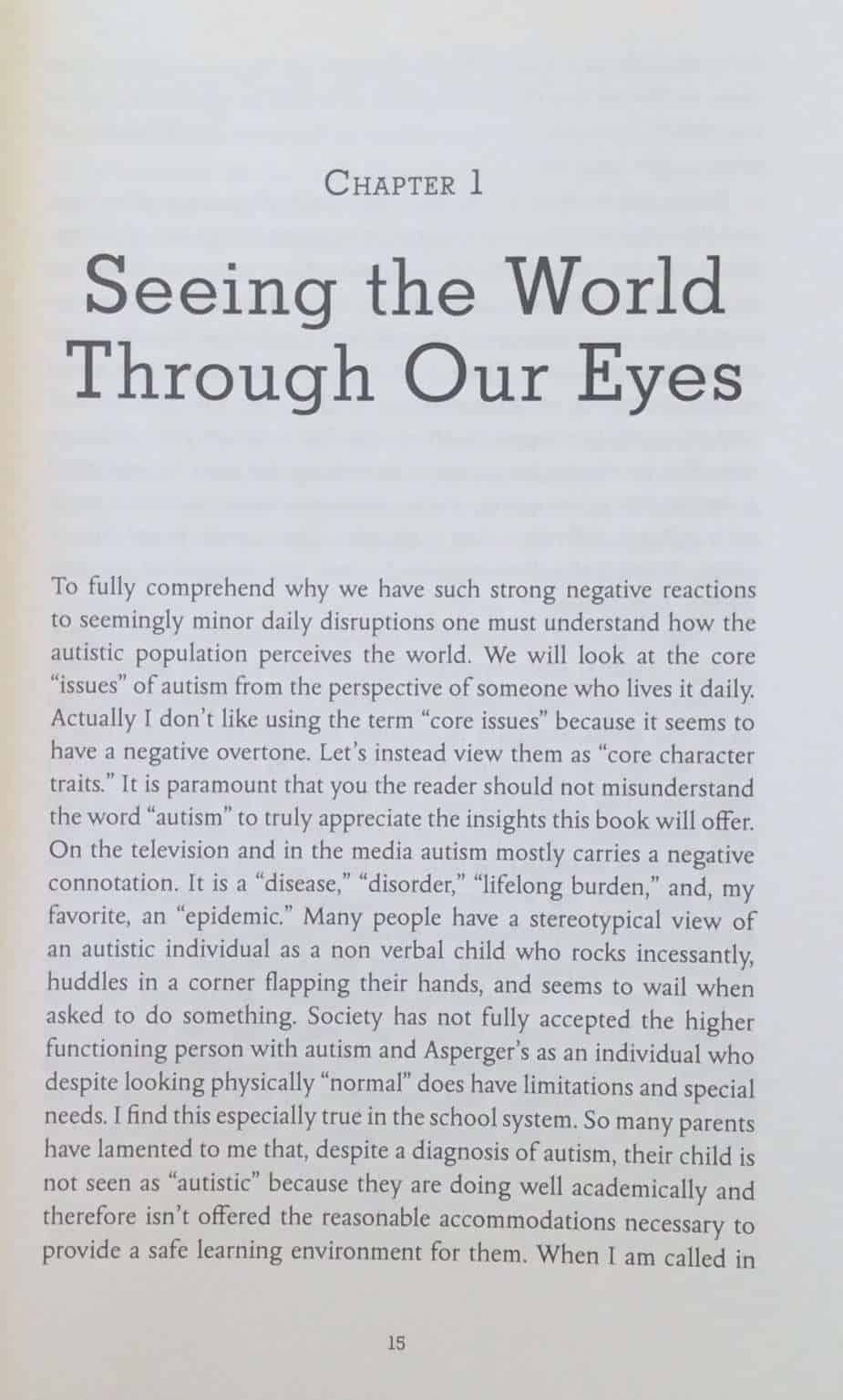




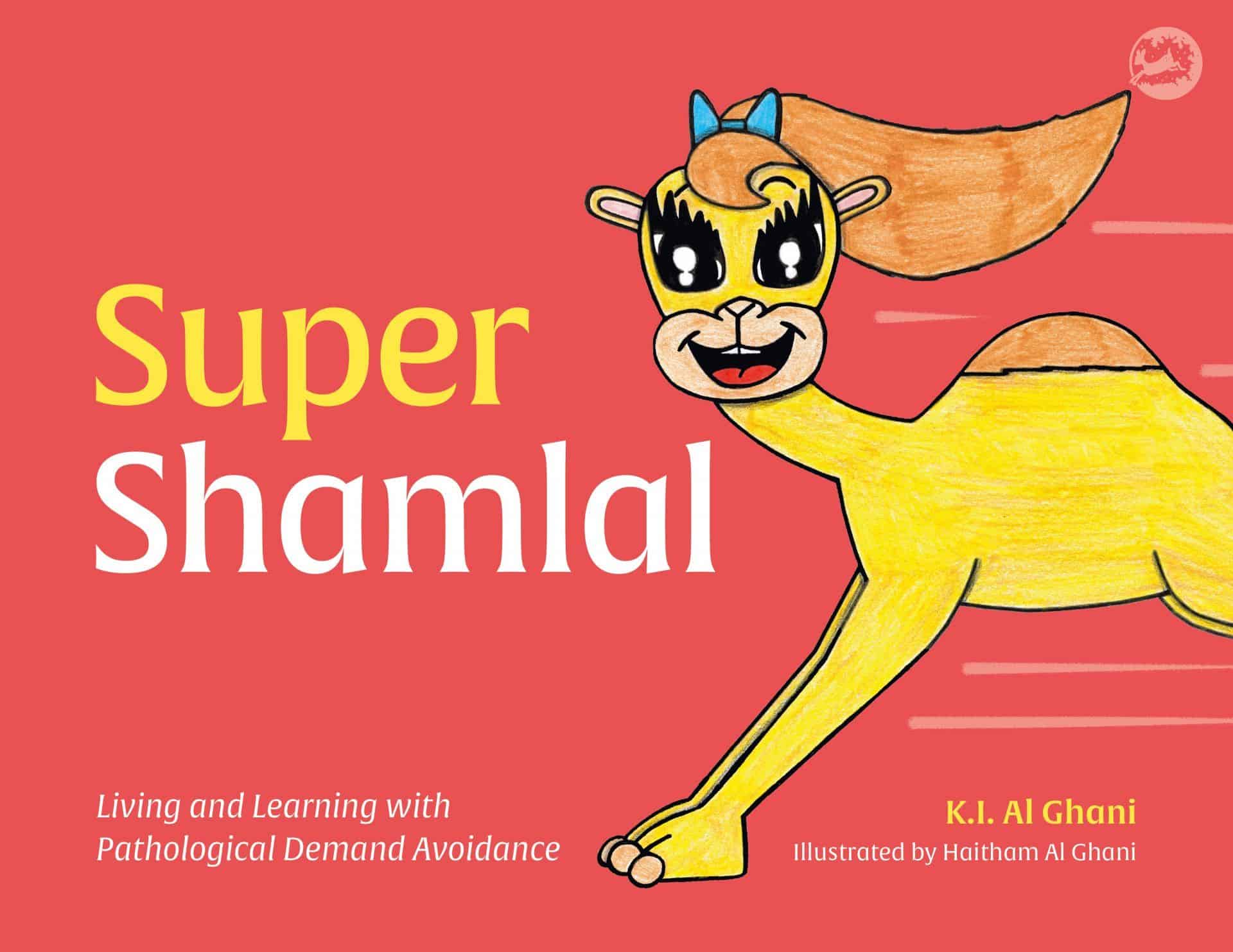




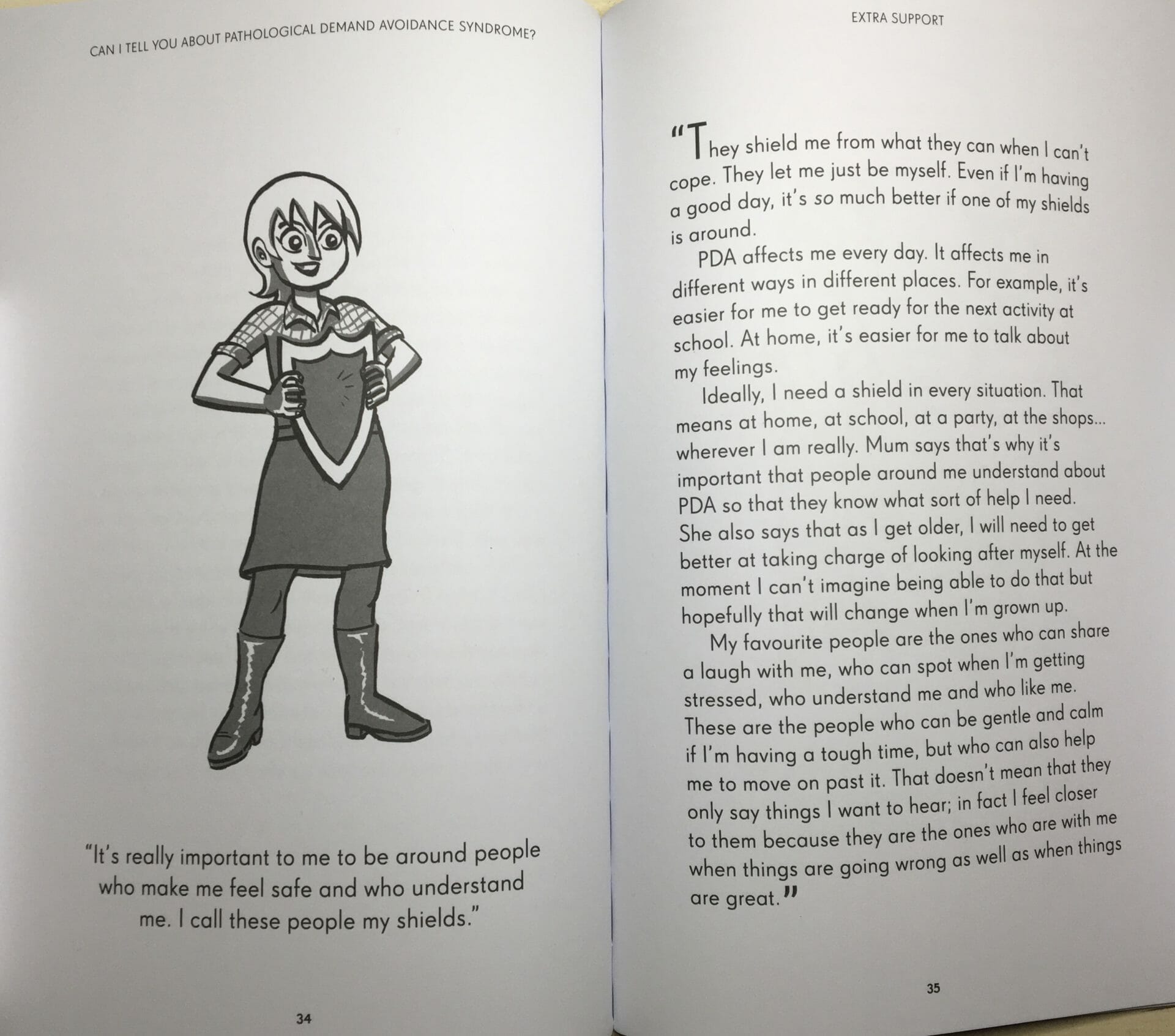
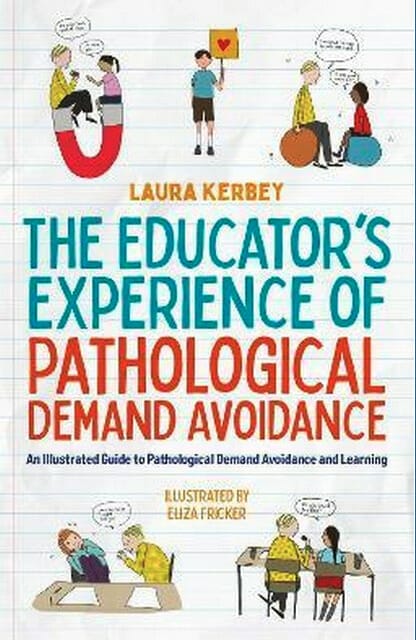



 Sorry we no longer ship items outside Australia. Please consider the digital versions of Sue’s Books –
Sorry we no longer ship items outside Australia. Please consider the digital versions of Sue’s Books – 